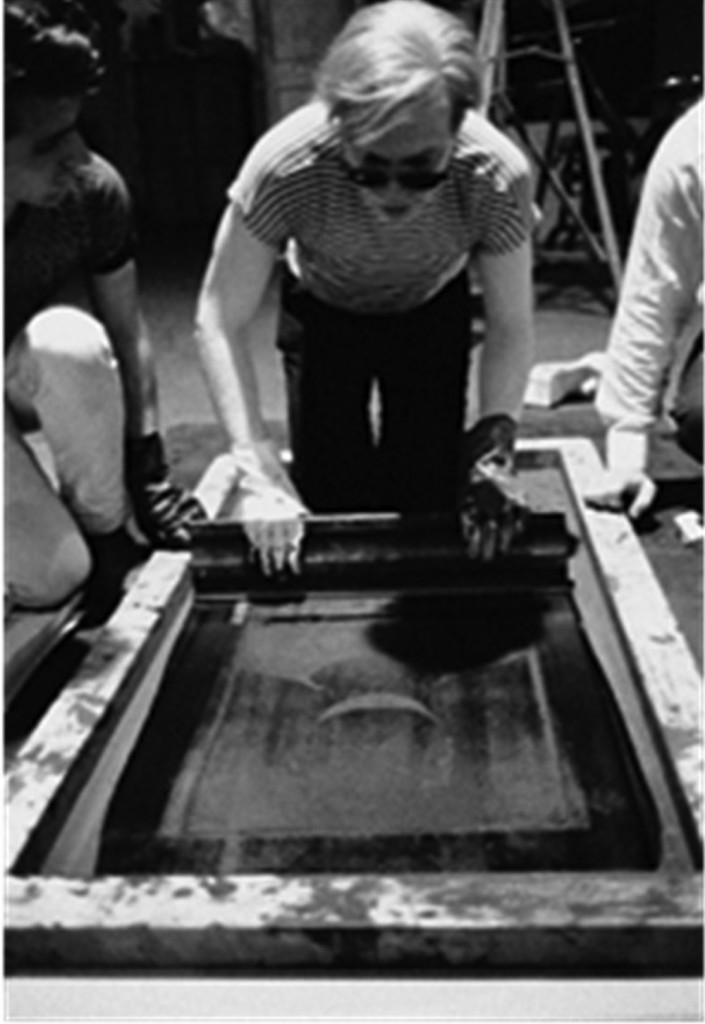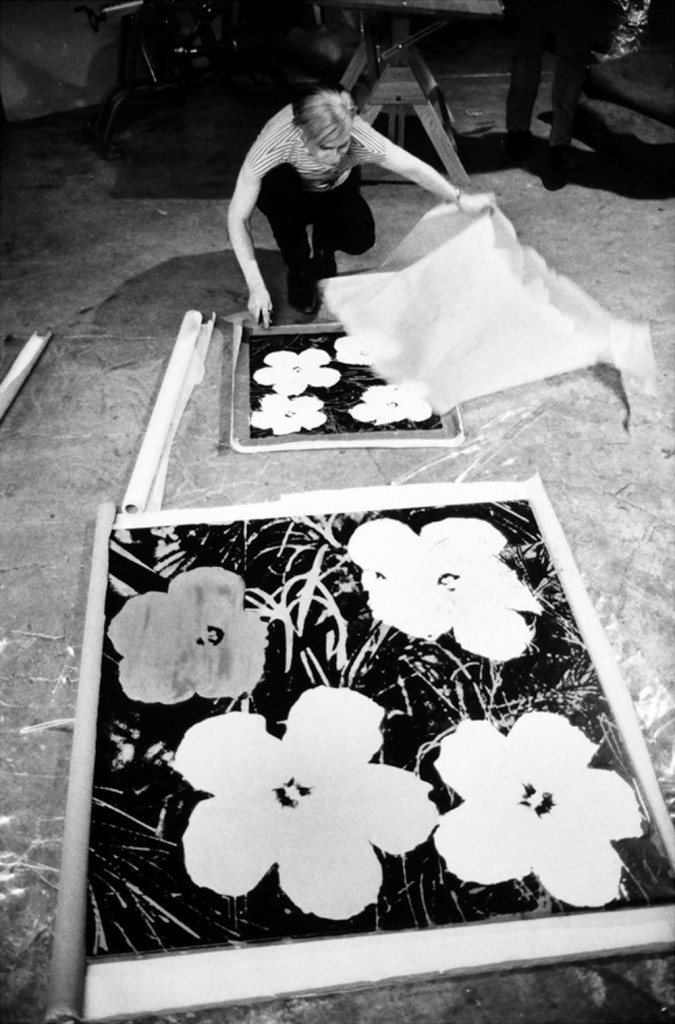A Closer Look Into Warhol’s Catalogue Raisonne.
While screenprinting was at first seen as a mechanic method that was too industrial to be considered a veritable generator of art, the creation of each screenprint yields a unique copy every time.
When Warhol came up with an idea for a work, he or one of his printers would “burn” the screens of the photograph he wanted to use in a special machine. This would create the actual plates that each color of ink would run off of. Once those were created, they would experiment with different color combinations for the image. Layering the inks in different ways, and using different hues altogether. The works that Warhol did not end up using for his regular edition prints, he would number and sign. These would later be known as Trial Proofs – unique color variations of each print.
There were copies made that Warhol kept for himself, copies that the printer kept, and the regular edition that Warhol would sell. With so many works being produced, it was important to keep track of all the pieces, sizes, cataloguing information, and color variations that Warhol used in all his works. This compilation of information would become the Catalogue Raisonne, a resource that details all of Andy Warhol’s prints, including how many of the different types of prints are in circulation.
Example from the Catalogue Raisonné:
II.350-395: Ads 1985
Portfolio of ten screen prints on Lenox Museum Board, 38 x 38” (96.5 x 96.5 cm)
Edition: 190, 30 AP, 5 PP, 5 EP, 10 HC, 10 numbered in Roman numerals, 1 BAT, 30 TP, signed and numbered in pencil as follows: Rebel Without a Cause (James Dean), Van Heusen (Ronald Reagan), Volkswagen, Apple- lower right; Mobil, Blackglama (Judy Garland), Paramount, Life Savers, Chanel, The New Spirit (Donald Duck)- lower left. (See IIB.350-359, pp. 198-200.)
Printer: Rupert Jason Smith, New York
Publisher: Ronald Feldman Fine Arts, Inc., New York
What does everything stand for?
II.(number): the number is a chronological method of cataloguing Warhol’s prints. It is used to distinguish his works beyond their names. For example, his Ads series is a collection of items numbered 350 – 395, each of those items is numbered depending on the time of their creation.
AP (Artist’s Proof): It is used to see the state of the print during the process. Also, intended for the artist’s personal use, commonly about 10% of the edition (but that can be higher, as in this case).
PP (Printer’s Proof): These are of equal quality to the edition and are numbered PP 1, etc. The printer retains these to be used as a reference.
EP (Exhibition Proofs): These are of equal quality to the edition and are numbered EP 1, etc. These are used for exhibition purposes.
HC (Hors commerce/ “not for sale”): These are of equal quality to the edition and are numbered HC 1, etc. Usually given to collaborators, or as samples to show dealers and galleries.
BAT (Bon à tirer/ “good to print”): This is the print selected to be the image for the edition selected by the artist and the publisher.
TP (Trial Proofs): These are the initial prints are pulled during the process of an edition and usually reveal color and/or compositional changes.



